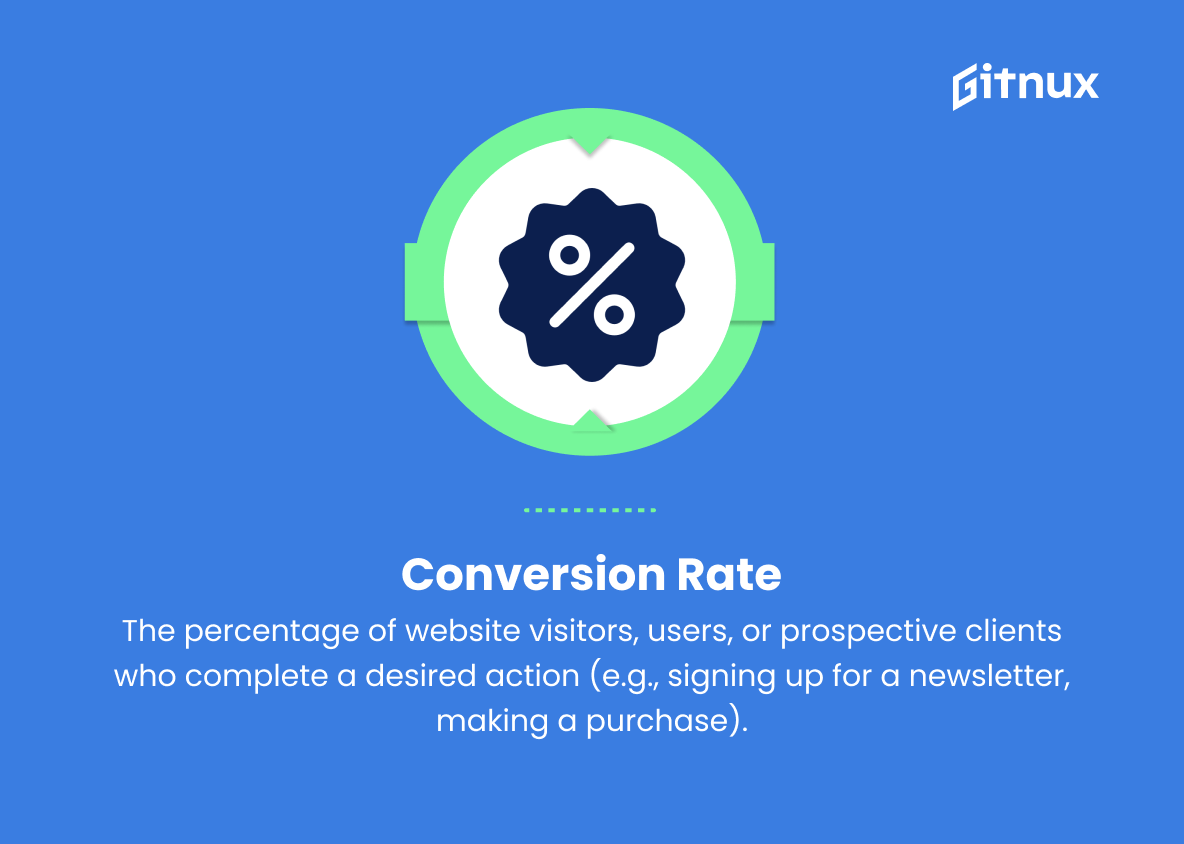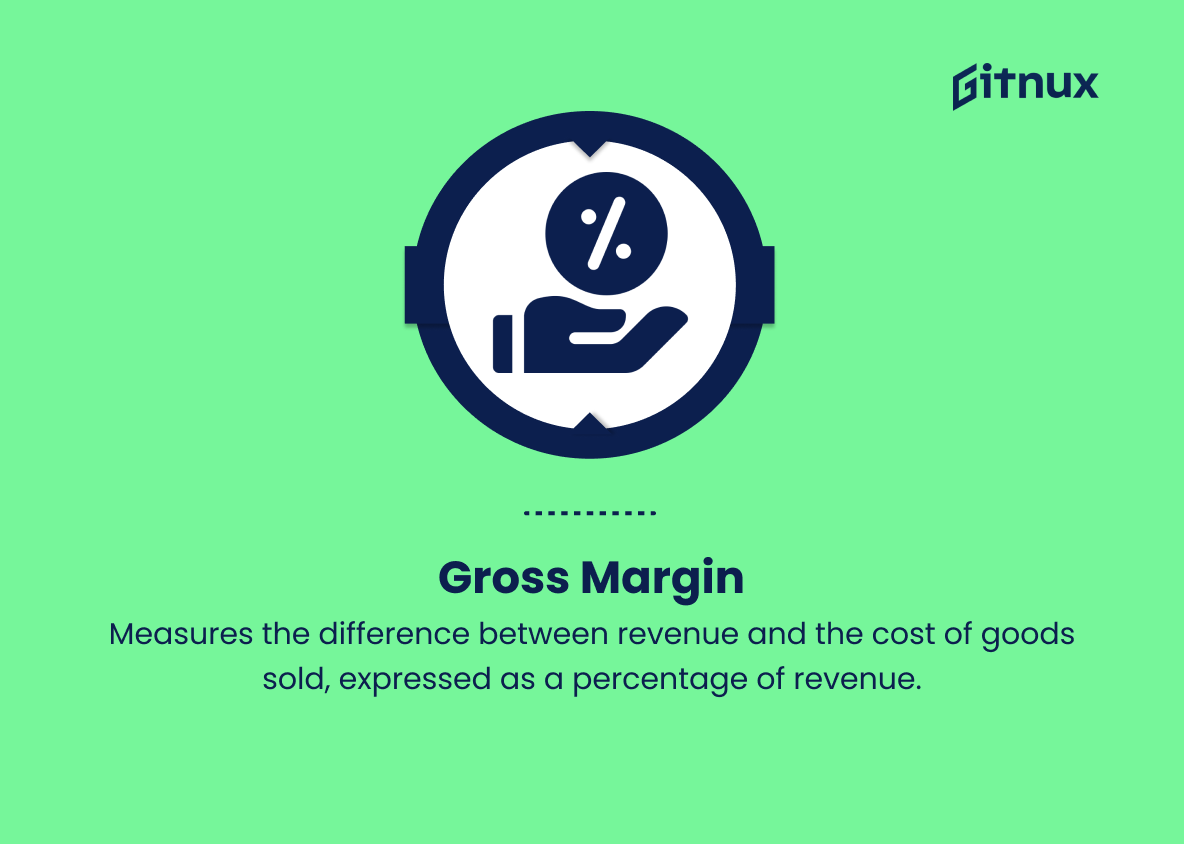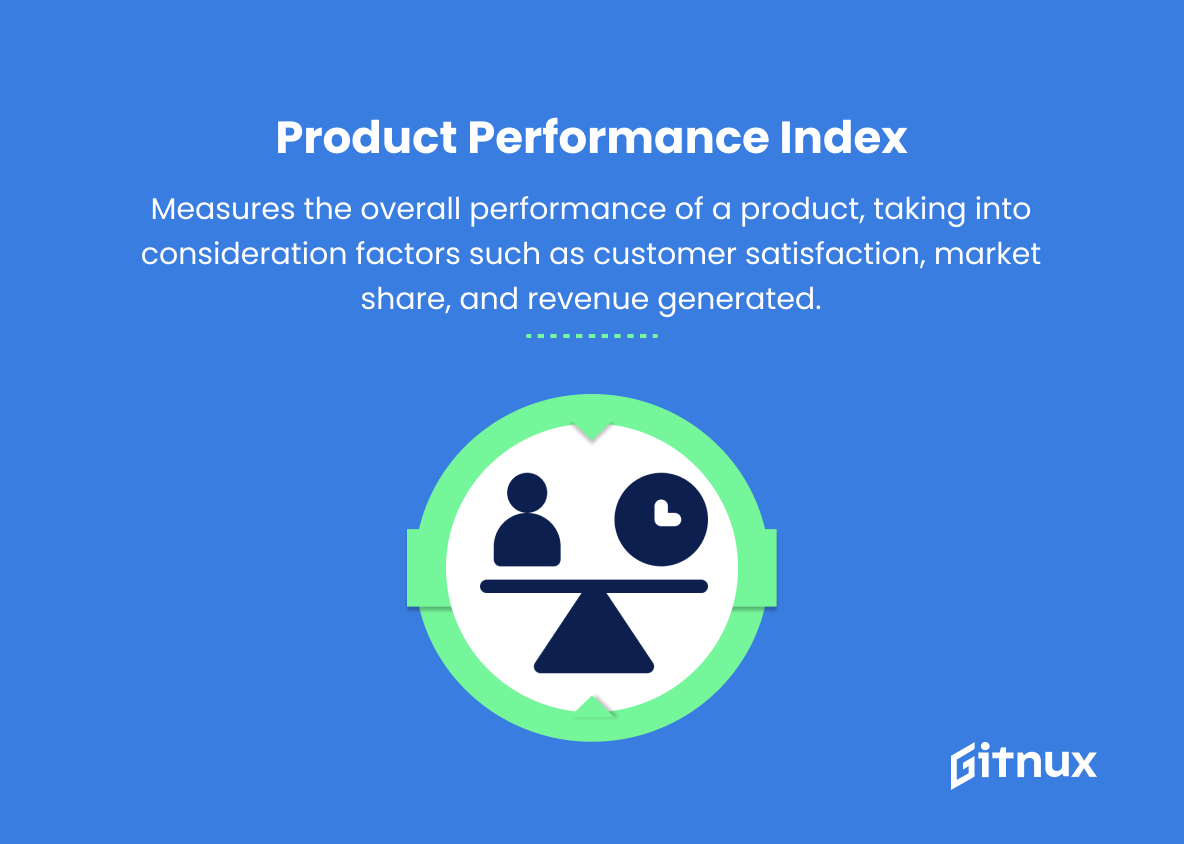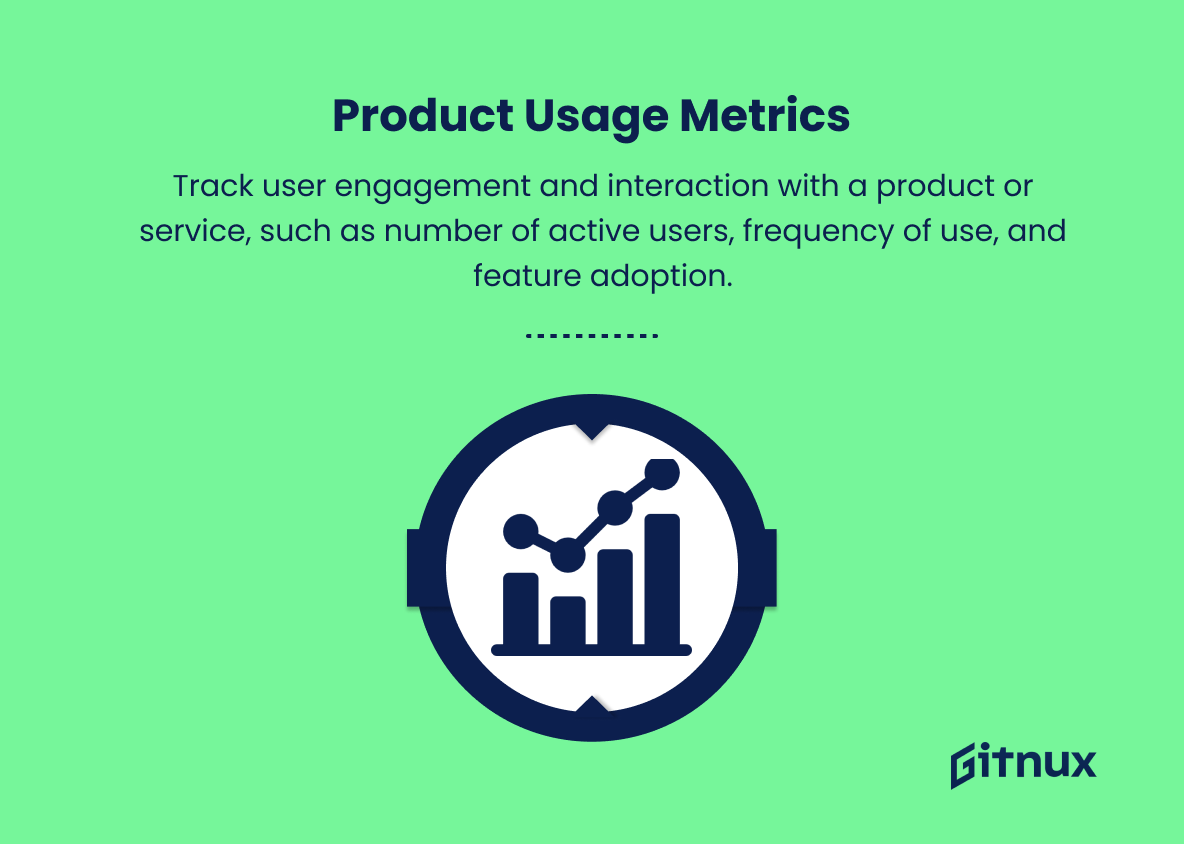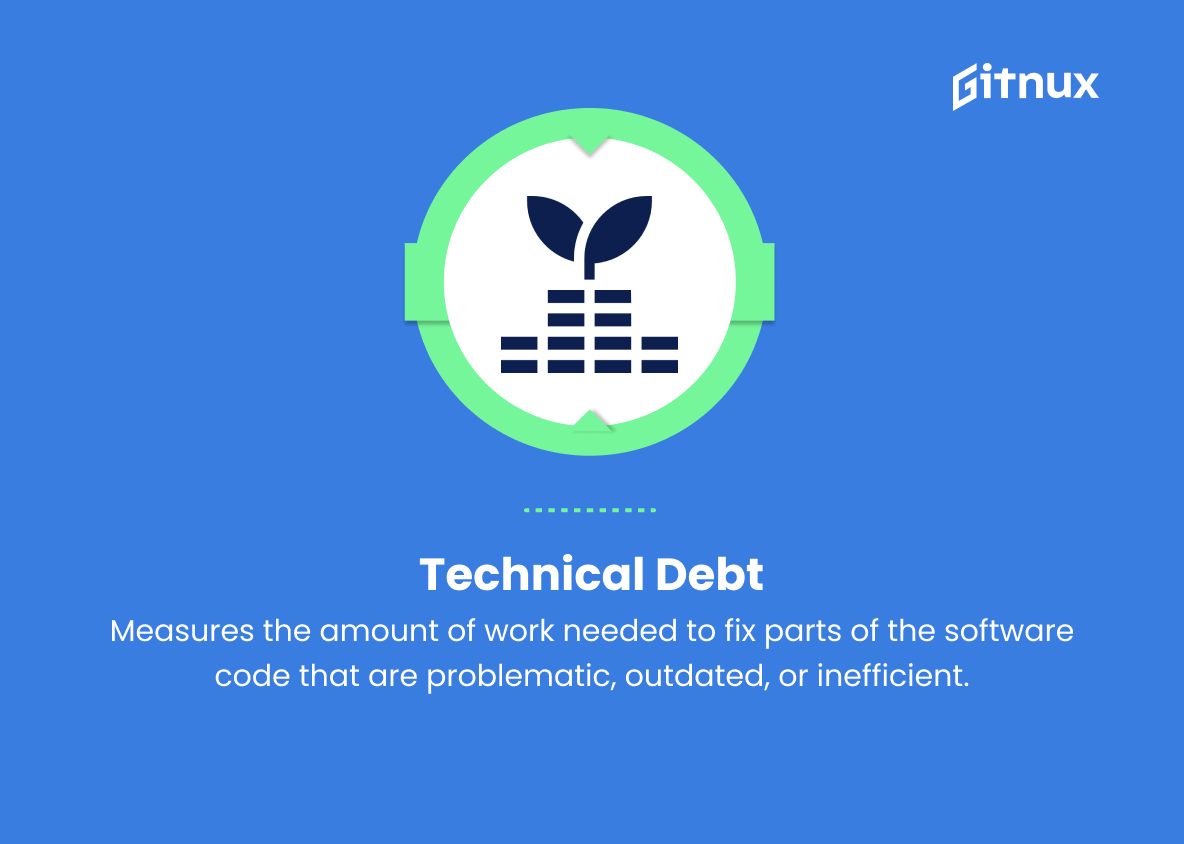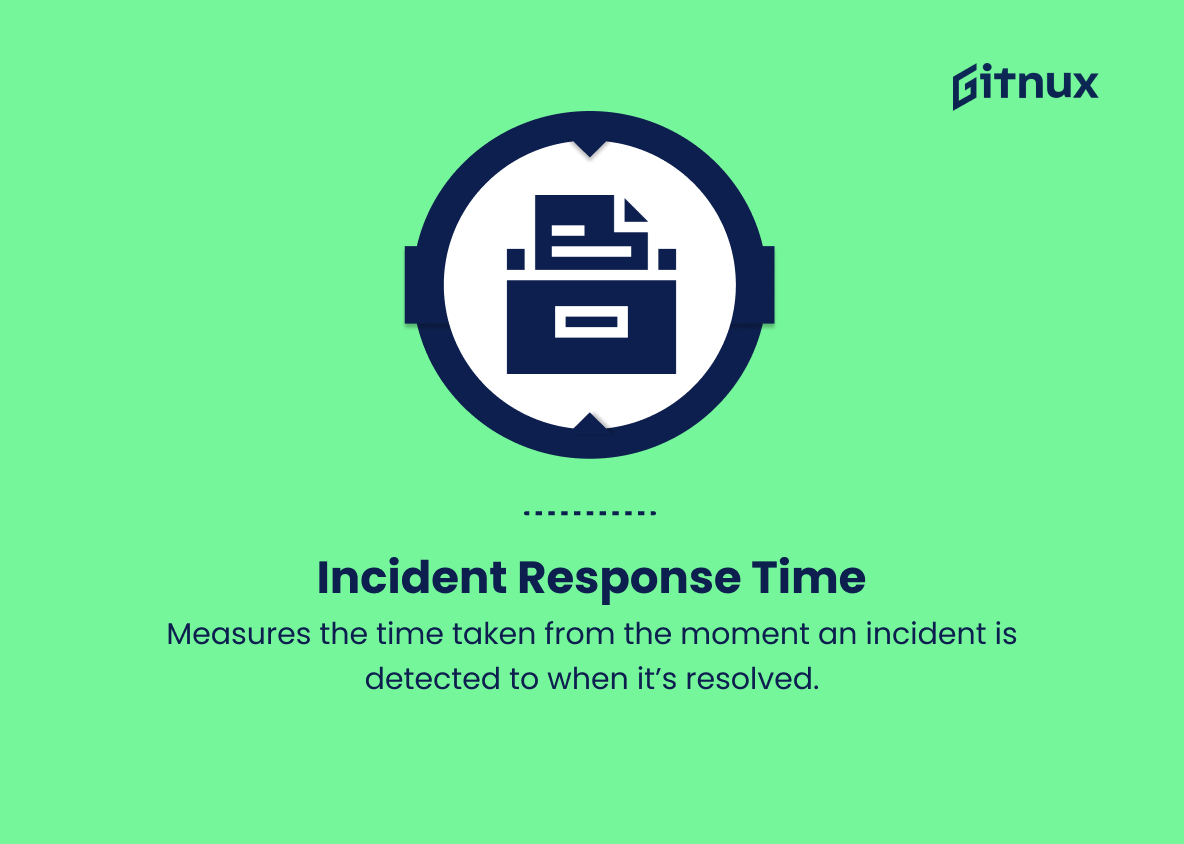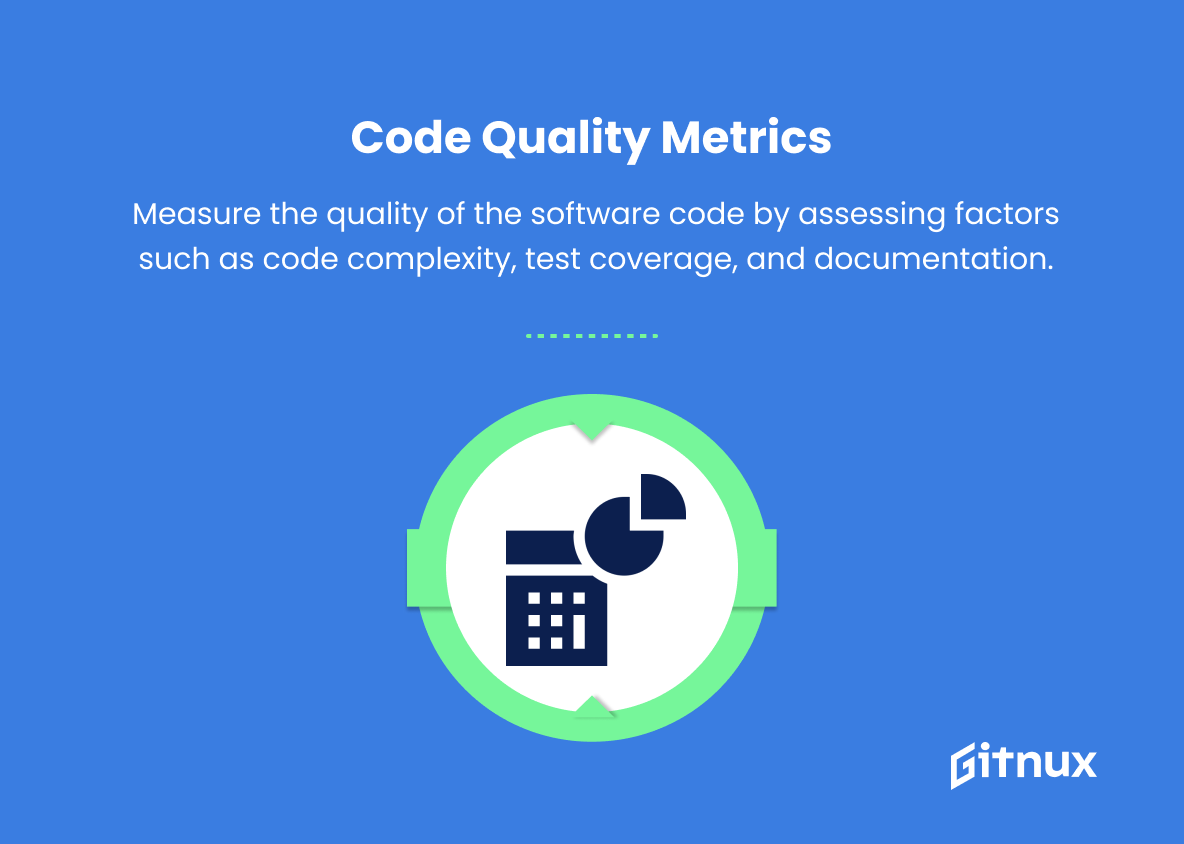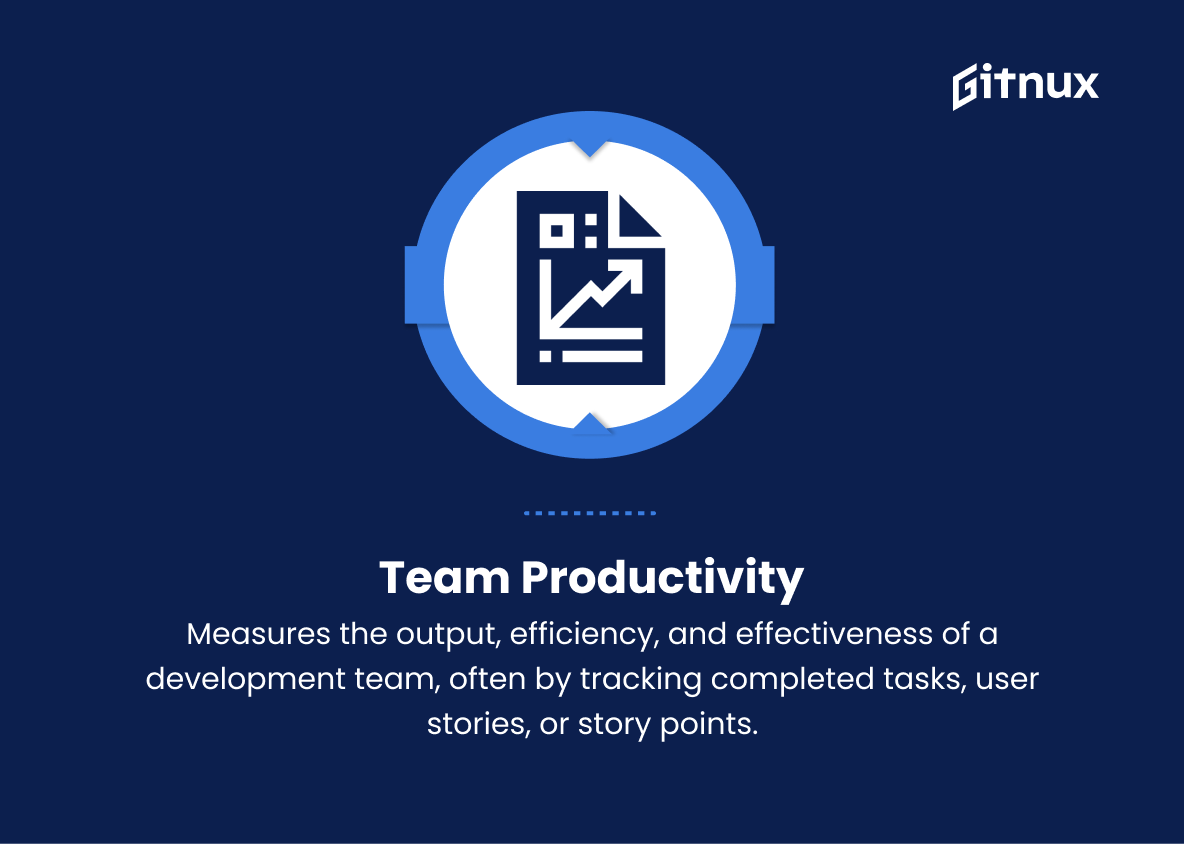In today’s rapidly evolving digital landscape, Chief Technology Officers (CTOs) face immense pressure to drive their organizations toward innovation and success. To ensure their strategies yield maximum results, CTOs must utilize Key Performance Indicators (KPIs) – crucial metrics that measure the efficacy and progress of their efforts.
In this insightful blog post, we will delve deep into the world of CTO KPIs, discussing their significance, best practices for selecting effective indicators, and how monitoring them consistently can lead to informed decision-making and a competitive edge in the market. Stay tuned to elevate your technology game by understanding and mastering CTO KPIs.
CTO KPIs You Should Know
1. Time to market
Measures the time taken from the initial concept stage to when the product is released in the market. A shorter time to market indicates efficient development and deployment processes.
2. Cost per acquisition (CPA)
Measures how much it costs to acquire a new customer, including marketing, sales, and other expenses. Lower CPA values signify a more cost-efficient customer acquisition process.
3. Conversion rate
The percentage of website visitors, users, or prospective clients who complete a desired action (e.g., signing up for a newsletter, making a purchase). A higher conversion rate reflects better product appeal, marketing strategies, and customer engagement.
To ensure their strategies yield maximum results, CTOs must utilize Key Performance Indicators (KPIs) – crucial metrics that measure the efficacy and progress of their efforts.4. Revenue growth rate
The percentage increase in revenue over a specific period. A high revenue growth rate reflects the success of the company’s products and services, and overall business performance.
5. Gross margin
Measures the difference between revenue and the cost of goods sold, expressed as a percentage of revenue. Higher gross margin indicates better profitability and pricing strategies.
6. Product performance index
Measures the overall performance of a product, taking into consideration factors such as customer satisfaction, market share, and revenue generated. A higher index value indicates a more successful product.
7. Customer churn rate
The percentage of customers who stop using a company’s products or services during a specific time period. A lower churn rate reflects higher customer retention and satisfaction.
8. Product usage metrics
Track user engagement and interaction with a product or service, such as number of active users, frequency of use, and feature adoption. These metrics help assess the product’s effectiveness and identify areas for improvement.
9. Technical debt
Measures the amount of work needed to fix parts of the software code that are problematic, outdated, or inefficient. Lower technical debt indicates better code quality and maintainability.
10. System uptime
The amount of time that a system, software, or service is operational and available for use. Higher uptime percentages indicate better system reliability and performance.
11. Incident response time
Measures the time taken from the moment an incident is detected to when it’s resolved. Faster response times indicate a more efficient incident management and resolution process.
12. Code quality metrics
Measure the quality of the software code by assessing factors such as code complexity, test coverage, and documentation. Higher score in these measures indicates better code quality and maintainability.
In today’s rapidly evolving digital landscape, Chief Technology Officers (CTOs) face immense pressure to drive their organizations toward innovation and success.13. Team productivity
Measures the output, efficiency, and effectiveness of a development team, often by tracking completed tasks, user stories, or story points. Higher productivity rates suggest better resource allocation, and team synergy.
14. Employee satisfaction
Assesses the overall satisfaction of employees in the CTO’s department. High employee satisfaction usually correlates with better performance, lower turnover rates, and increased team morale.
15. Innovation rate
The number of new products or features successfully developed and launched in a given time frame. A higher innovation rate indicates a stronger focus on research and development, and adaptability to market demands.
CTO KPIs Explained
Key Performance Indicators (KPIs) for a Chief Technology Officer (CTO) play a crucial role in determining the overall performance and success of a company’s technical aspects. These KPIs, such as time to market, cost per acquisition, conversion rate, revenue growth rate, and gross margin provide valuable insights into the efficiency of product development, market penetration, and profitability.
Assessing product performance index, customer churn rate, product usage metrics, and technical debt helps in understanding customer satisfaction, product effectiveness, and code quality.
System uptime and incident response time measure a system’s reliability and maintenance efficiency. Code quality metrics and team productivity further reflect the quality of the software and the performance of development teams.
Evaluating employee satisfaction and innovation rate ensures long-term success by fostering a conducive work environment and adaptive product offerings. These KPIs serve as an essential tool for the CTO to make informed decisions, improve processes, and drive the company’s competitive edge in the market.
Conclusion
In summary, KPIs play an integral role in a CTO’s ability to drive successful outcomes for their organization. By focusing on relevant KPIs, such as technical debt, system uptime, agility, budget performance, and customer satisfaction, a CTO can continually monitor and optimize the overall performance of the IT department.
Implementing a well-rounded set of KPIs not only enables efficient and effective decision-making, but also fosters growth, innovation, and long-term sustainability. To maximize the benefits of these KPIs, CTOs must consistently review and adjust them according to evolving business objectives, technological advancements, and market shifts. Ultimately, a robust implemented KPI strategy will empower CTOs to lead their organizations with confidence and achieve lasting success.


